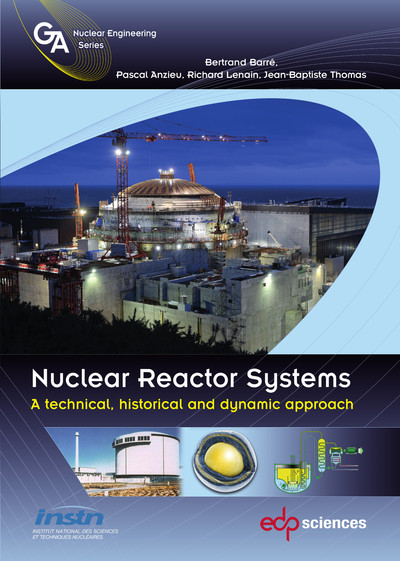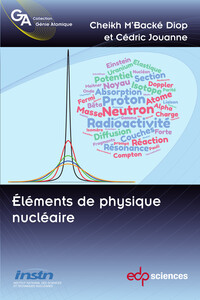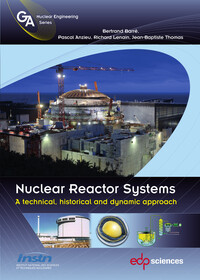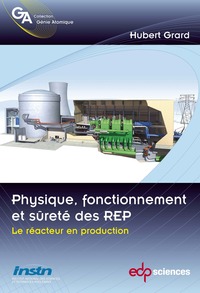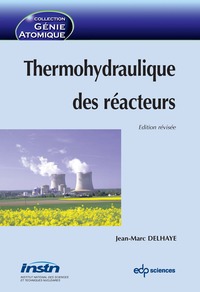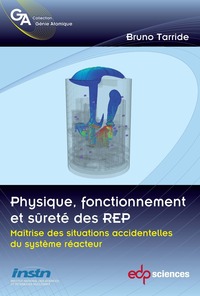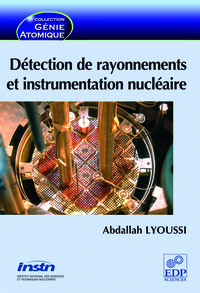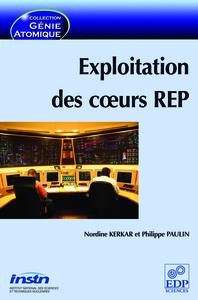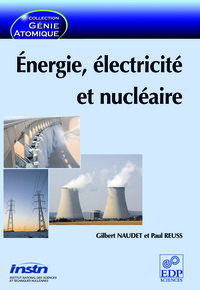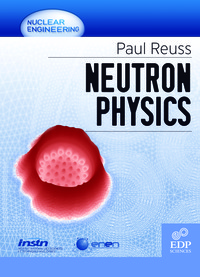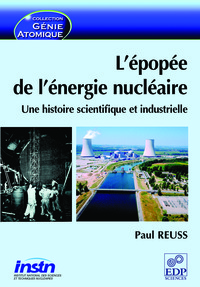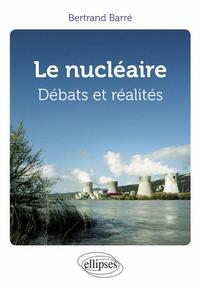Nous utilisons des cookies pour améliorer votre expérience. Pour nous conformer à la nouvelle directive sur la vie privée, nous devons demander votre consentement à l’utilisation de ces cookies. En savoir plus.
NUCLEAR REACTOR SYSTEMS - A TECHNICAL, HISTORICAL AND DYNAMIC APPROACH
Edp Sciences - EAN : 9782759806690
Édition papier
EAN : 9782759806690
Paru le : 3 mars 2016
69,00 €
65,40 €
Epuisé
Pour connaître votre prix et commander, identifiez-vous
Remplacé par :
9782759830701
Arrêt définitif de commercialisation
Notre engagement qualité
-
 Livraison gratuite
Livraison gratuite
en France sans minimum
de commande -
 Manquants maintenus
Manquants maintenus
en commande
automatiquement -
 Un interlocuteur
Un interlocuteur
unique pour toutes
vos commandes -
 Toutes les licences
Toutes les licences
numériques du marché
au tarif éditeur -
 Assistance téléphonique
Assistance téléphonique
personalisée sur le
numérique -
 Service client
Service client
Du Lundi au vendredi
de 9h à 18h
- EAN13 : 9782759806690
- Réf. éditeur : S59360
- Collection : GENIE ATOMIQUE
- Editeur : Edp Sciences
- Date Parution : 3 mars 2016
- Disponibilite : Epuisé
- Barème de remise : NS
- Format : 2.30 x 17.70 x 25.30 cm
- Poids : 1.012kg
- Interdit de retour : Retour interdit
- Résumé : The evolution of nuclear reactors since the 1942 Fermi experiment can be described along the lines of natural history, with an initial - flourish of uninhibited creativity followed by a severe selection process leading to a handful of surviving species, with light water reactors occupying most of the biotope today. This book combines four approaches: • A descriptive one. is gives an overview of the main strengths and weaknesses of the di erent reactor systems. • A historical approach, from the 1940's to nowadays, with an extrapolation to the near future. The LWR dominance being rmly established, what is the next step? • An axiomatic approach. Starting with a set of long term criteria concerning the fuel cycle sustainability, a conceptual solution is established, and then a family of reactor systems is selected for development and qualification. • A dynamic approach. In the early 2000s, the prevailing image combined a "nuclear renaissance", a strong limitation of the greenhouse gases concentration and a dynamic growth of the world economy. Updating the strategy in the wake of the last decade events requires a sharper understanding of the driving forces as well as of the influence of the post-Fukushima safety framework on the design constraints.

